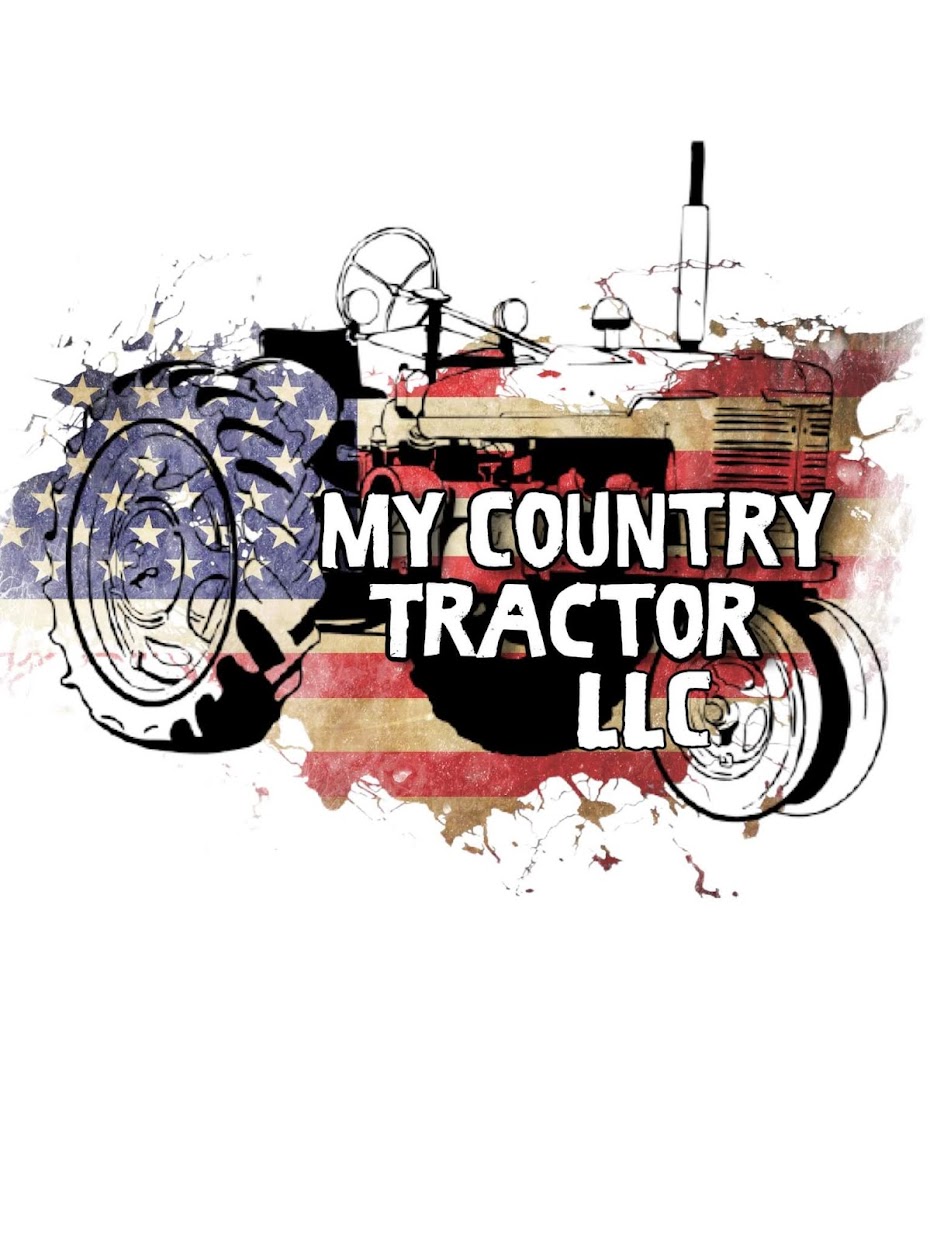Vegetable gardening offers fresh air, sunshine, exercise, enjoyment, mental therapy, nutritious fresh vegetables, and economic savings, as well as many other benefits. Vegetables can be grown year-round in parts of Texas if attention is paid to the appropriate planting dates. While this guide provides recommendations primarily for home gardens, the information may be useful in other situations, such as container, community, and market gardens.
Locate a site. For convenience locate the garden near the house, on a well drained site, close to a source of water, and in a location that receives at least six hours of direct sunlight daily. With proper care, vegetables may also be included in the landscape among ornamental plants. Coastal sites are also suitable. Where possible, rotate the garden from place to place to help control soil diseases and other pests.
Plan the layout. Before planting, draw a garden plan that includes the name, location and planting date(s) of the vegetables you want to grow. Use the Planting Guide and the list of suggested varietiey to develop your plan. Make a list of supplies and order or purchase seeds early if you intend to grow your own transplants. The Planting Guide lists which vegetable seedlings transplant easily and which do not. Vegetables that are difficult to transplant should be seeded directly into the garden or started in containers first.
Prepare the soil. Gardeners often plant on whatever soil type is available, but it is usually worthwhile to improve the garden plot with additions of organic matter (see below). Spade or plow the plot at least three weeks before planting. At planting time, rework the soil into a smooth, firm surface.
Apply organic matter. Most Texas soils benefit from the addition of organic matter, such as animal manure, rotted leaves, compost, commercial soil mixes and cover crops. Thoroughly mix liberal amounts of (un-composted) organics in the soil well in advance of planting, preferably at least a month before seeding. If you do not plan to use inorganic fertilizer, spread 25 - 100 pounds of compost or composted animal manure per 100 square feet. Composted organics may be applied at planting time. However, un-composted manures should be worked into the soil 90-120 days before planting. Due to inconsistent levels of nutrients in compost, accompanying applications of inorganic or organic fertilizer may be beneficial. To avoid plant stunting, organic amendments low in nitrogen (such as composted yard debris) must be accompanied by fertilizer. See EDIS Publications.
Consider cover crops. Green manure is fresh plant material turned into the soil. Planting and plowing in green-manure crops during the off-season is beneficial. The following cover crops are recommended: cowpea, velvet bean, soybean, and sunflower in summer and cereal rye, crimson clover, and Austrian winter pea in winter.
Adjust Soil pH. Soil pH is important because it governs how available nutrients are to plants. The best pH range for vegetable gardens on sandy soil is between pH 5.8 and 6.3. If your soil pH is between 5.5 and 7.0, no adjustment in pH needs to be made.
If your soil pH is below 5.5, apply lime at a rate recommended by a reliable soil testing facility. Two to three pounds of finely ground dolomitic limestone per 100 square feet will usually raise the pH one point. Caution: Application of lime when it is not needed may cause plant nutritional problems. Lime is best applied two to three months before the garden is to be planted. However, lime may be applied as late as one or two weeks before planting. Make sure the lime is thoroughly mixed into the soil to a depth of 6 - 8 inches and then water the soil to promote the chemical reaction.
If your soil pH is naturally above 7.0 (alkaline), where limestone, marl, or shells are present, there is no practical way of permanently lowering soil pH. Additions of acidic organic matter will help, but only temporarily. Use a fertilizer that contains micronutrients. If the high pH is the result of previous over-liming, application of granular sulfur (1 lb/100 sq ft) will lower soil pH. You can find this and past articles on the web at www.mycountrytractor.blogspot.com for your reference. Extension programs serve of all ages regardless of socioeconomic level, race, color, sex, religion, disability, or national origin. The Texas A&M University System, U.S. Department of Agriculture, and the County Commissioners Courts of Texas Cooperating serve of all ages regardless of socioeconomic level, race, color, sex, religion, disability, or national origin. The Texas A&M University System, U.S. Department of Agriculture, and the County Commissioners Courts of Texas Cooperating
Thank you,
Tommy Neyland
County Extension Agent
Texas Agrilife Extension Service
P.O. Box 188
Centerville, Texas 75833
903.536.2531 phone
903.536.3804 fax

No comments:
Post a Comment